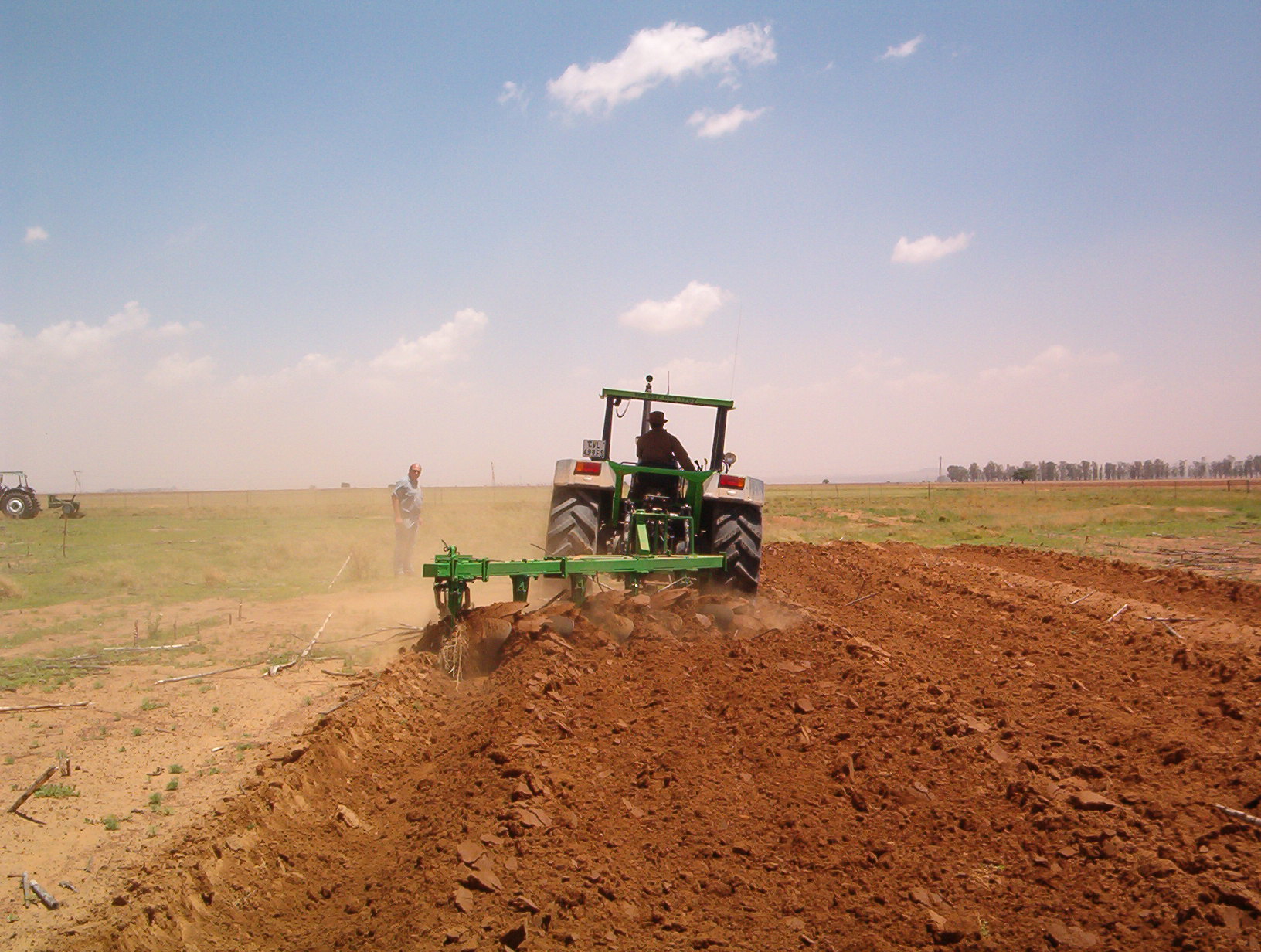Increasing soybean oil demand presents new opportunities for American soybean farmers
03/18/2022 / By Kevin Hughes

Demand for soy bean oil – a popular input for a wide variety of products – is increasing. It presents new routes to American soybean farmers, who for years have been accustomed to seeing soybean meal firmly on top of the demand chart.
Based on the February database of the U.S. Department of Agriculture Production, Supply and Distribution, soybean oil demand has risen within the past year. During the previous marketing year, nine percent of U.S. soybean oil was exported, 54 percent was used for food, feed and other industrial uses and 37 percent went to biofuels. Compare that to this marketing year, with a drop in exports to five percent and a jolt in domestic demand for use in biofuels to 42 percent.
Surge in soybean oil demand
“We’ve seen a recent surge in soybean oil demand here in the U.S., which is projected to continue to grow in the next couple of years. That’s driven by the build-out of renewable diesel facilities, which use soybean oil as a feedstock,” said Mac Marshall, VP of market intelligence for the soy checkoff and U.S. Soybean Export Council.
Marshall said that food continues to be the No. 1 use for U.S. soybean oil, but thanks to the soy checkoff, demand in other market sectors is driving growth.
“Thanks to checkoff investments, we’re advancing utilization of soybean oil in other applications as well – adhesives, lubricants, coatings. The diversity of applications is a testament to the versatility of the soybean, but also to the sound investments our farmers have made over the years,” added Marshall. (Related: Finally, a good use for soybean oil: Goodyear tires are stronger, more durable when made with soy)
Mississippi soybean grower and fifth-year checkoff farmer-leader Philip Good agreed.
“Our soy checkoff has been a huge part of sharing the story of U.S. soybean quality and sustainability. Sharing our message has affected our position both within the U.S. and throughout the world as a sustainable solution for the future,” Good said.
The soy checkoff, headed by a group of farmers and armed with investments made by more than 515,000 U.S. soybean farmers, is projected to make an impact at the farm level.
“About 50 percent of our acres are going to be planted in soybeans this year with the balance in corn and cotton. That diversity gives us a solid foundation to move towards more soybean acres without potentially affecting our income should the market shift,” Good noted.
While this year’s crop mixes have already been made on most farms across the nation, Good said increased soybean oil demand could be a driving force for more farmers to continue to raise their soybean acreage. As a matter of fact, it looks like soybean production may rise up again this year, turning in the same direction as oil demand.
Global soybean production for this marketing year is likely to eclipse 2020/21 production by 6.3 million metric tons according to the USDA Oil Crops Outlook.
“Soybean oil is the market driver right now, not meal. That, along with many other developments, has brought us to a new level in the market for possibilities. These are exciting times in the soybean market,” Good said.
Renewable diesel production to spark demand for US soybeans
Meanwhile, the formation of improbable partnerships and expansion of renewable diesel production are expected to spark strong demand for U.S. soybeans.
A summary on soybean demand and the product’s potential in the coming years was presented in a webinar hosted by the U.S. Soybean Export Council.
“There’s a lot of exciting work going on within the U.S. soy family and the U.S. soy industry, thinking about how soy can be utilized. There are lots of new uses that you may be reading about. And how can we be educating people about the great things that soy can do for them? There’s lots of energy and excitement in this area and we’re anxious to work with the customers of U.S. soy around the world,” said Jim Sutter, U.S. Soybean Export Council CEO.
“Markets are ever evolving in the U.S. and around the world, and things are changing within the global vegetable oil complex and the global protein complex. The shifts in renewable and biofuels, an increase in demand for sustainable aviation fuels, those things are influencing supply and demand.”
About three billion gallons of biodiesel are currently produced in the U.S., but with the recent announcements around renewable diesel, a much larger market is expected in the future. Several of the suggested renewable diesel plants are located around coastal facilities in California, Louisiana and the Pacific Northwest.
More related stories can be found at Harvest.news.
Watch the video below to know why soybean oil is one of the worst things to put into your body.
This video is from the What is happening channel on Brighteon.com.
More related stories:
USDA says “megadrought” threatens American corn, soybean yields, worsening food shortages.
Corn and soybean farmer warns Americans that average grocery bill could increase by $1,000 per month.
FOOD SUPPLY SABOTAGE: Leftist raiders are destroying $100,000 soybean bags in Argentina.
Edible oil prices soar as global food prices approach record highs.
Sources include:
Submit a correction >>
Tagged Under:
biofuels, crops, food supply, fuel supply, grocery, harvest, ingredients, organics, power, power grid, products, renewable diesel, soy checkoff, soybean, soybean oil, supply and demand, vegetable oil
This article may contain statements that reflect the opinion of the author
RECENT NEWS & ARTICLES
NewEnergyReport.com is a fact-based public education website published by New Energy Report Features, LLC.
All content copyright © 2018 by New Energy Report Features, LLC.
Contact Us with Tips or Corrections
All trademarks, registered trademarks and servicemarks mentioned on this site are the property of their respective owners.


















